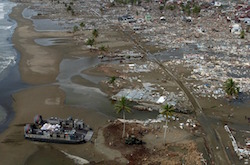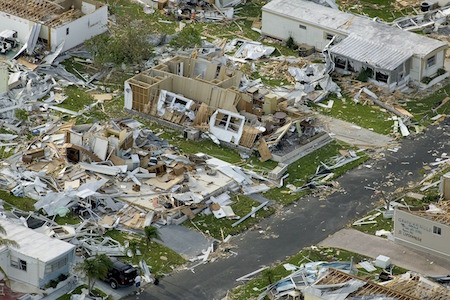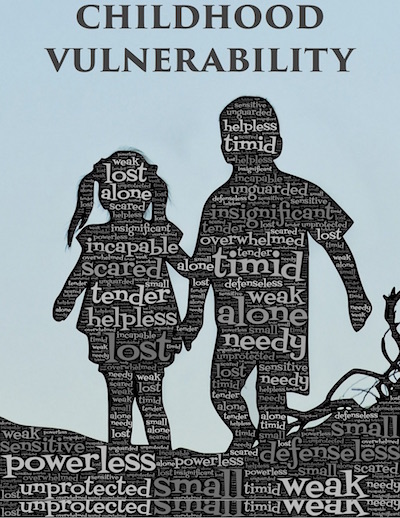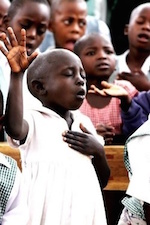By Yoo Kyung Sung, University of New Mexico,
and Junko Sakoi, Tucson Unified School District
Last week we explored a range of Japanese picture books describing natural disasters. The books became significantly meaningful to children in Japan when the earthquake of 2011 occurred. Allowing time for thinking and talking about the earthquake through picture books developed even more meaning outside of school. Social outreach programs thru mobile libraries were essential for young readers as they, in part, ameliorated the effects of the earthquake for children who lost their schools and access to books. We’d like to explore the traveling library as a type of Japanese cultural artifact that will continue to be important in its future. Continue reading











